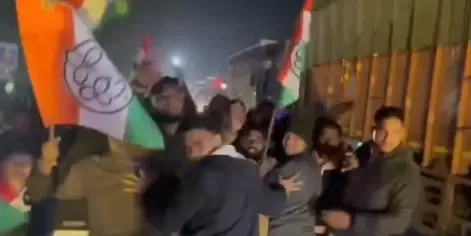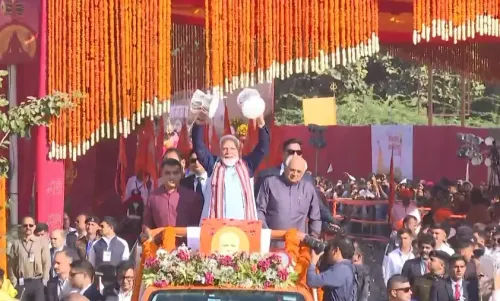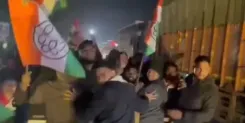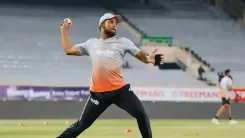Gujarat's 'Vahali Dikari Yojana' Aids 2.78 Lakh Daughters, Total Support Surpasses Rs 3,000 Crore
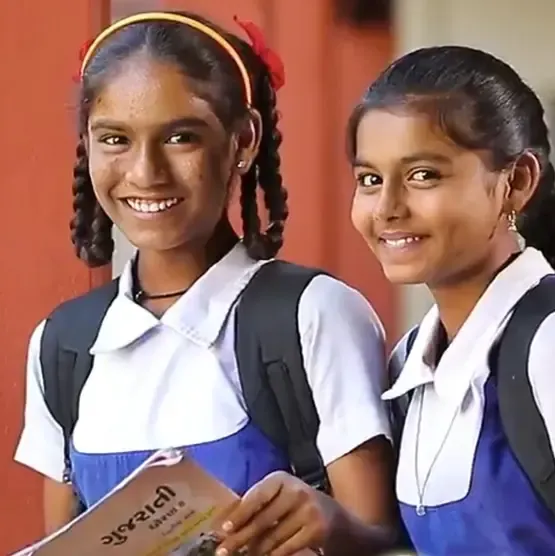
Synopsis
Key Takeaways
- 2.78 lakh daughters benefited.
- Financial assistance surpasses Rs 3,000 crore.
- Scheme launched on August 2, 2019.
- Inclusive policy for families earning 2 lakh or less.
- Focus on reducing dropout rates.
Gandhinagar, Jan 29 (NationPress) The 'Vahali Dikari Yojana', translating to Dear Daughter Scheme, has positively impacted over 2.78 lakh girls with financial support exceeding Rs 3,000 crore since its inception in 2019, as per official statistics released by the Gujarat government on Wednesday.
According to officials, former Chief Minister Narendra Modi initiated programs like the 'Kanya Kelavni Mahotsav' to enhance girls' education in the state, and currently, Minister for Women and Child Welfare Bhanu Ben Babariya is actively promoting these initiatives. The 'Vahali Dikari Yojana' has seen substantial involvement over the years.
In the academic year 2019-20, 12,622 daughters registered under the scheme, followed by 32,042 in 2020-21, 69,903 in 2021-22, 55,433 in 2022-23, 67,012 in 2023-24, and 41,649 in 2024-25.
The scheme, which commenced on August 2, 2019, is accessible to all daughters born as the first, second, or third child in a family. To promote inclusivity, it caters to families with an annual income of 2 lakh or less. Eligible daughters receive a total of 1,10,000 in three installments.
The first installment of Rs 4,000 is given when a daughter enters first grade, followed by Rs 6,000 upon entering ninth grade.
The final installment of 1,00,000 is granted when the daughter turns 18, aiding her education or marriage. Families can apply via the District Women and Child Welfare Officer or submit an application online through the Gram Panchayat Village Computer Entrepreneur (VCE) portal.
Such initiatives are crucial as the 2011 Census indicated Gujarat's overall sex ratio at 918 females per 1,000 males.
Districts like Dangs and Tapi reported higher ratios of 1,007 and 1,000, respectively, showcasing a more balanced gender representation.
Recent statistics on the sex ratio at birth show variations.
In 2020, Gujarat's sex ratio at birth was 877 females per 1,000 males, an increase from 870 in 2019. However, this figure is still below the national average of 898.
Despite advancements in female education, dropout rates among girls remain troubling.
The National Family Health Survey (NFHS-5), conducted between 2019 and 2021, revealed that only 45% of girls who began education in Class 1 in Gujarat progressed to Class 12, resulting in a 55% dropout rate. Comparatively, 59% of boys completed their education up to Class 12, with a 41% dropout rate.


